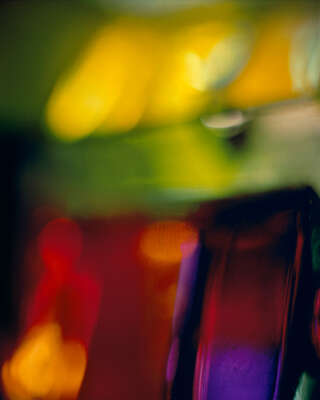

- Exclusive offers
- Inspiring new releases
- Personal invitations to Art Events

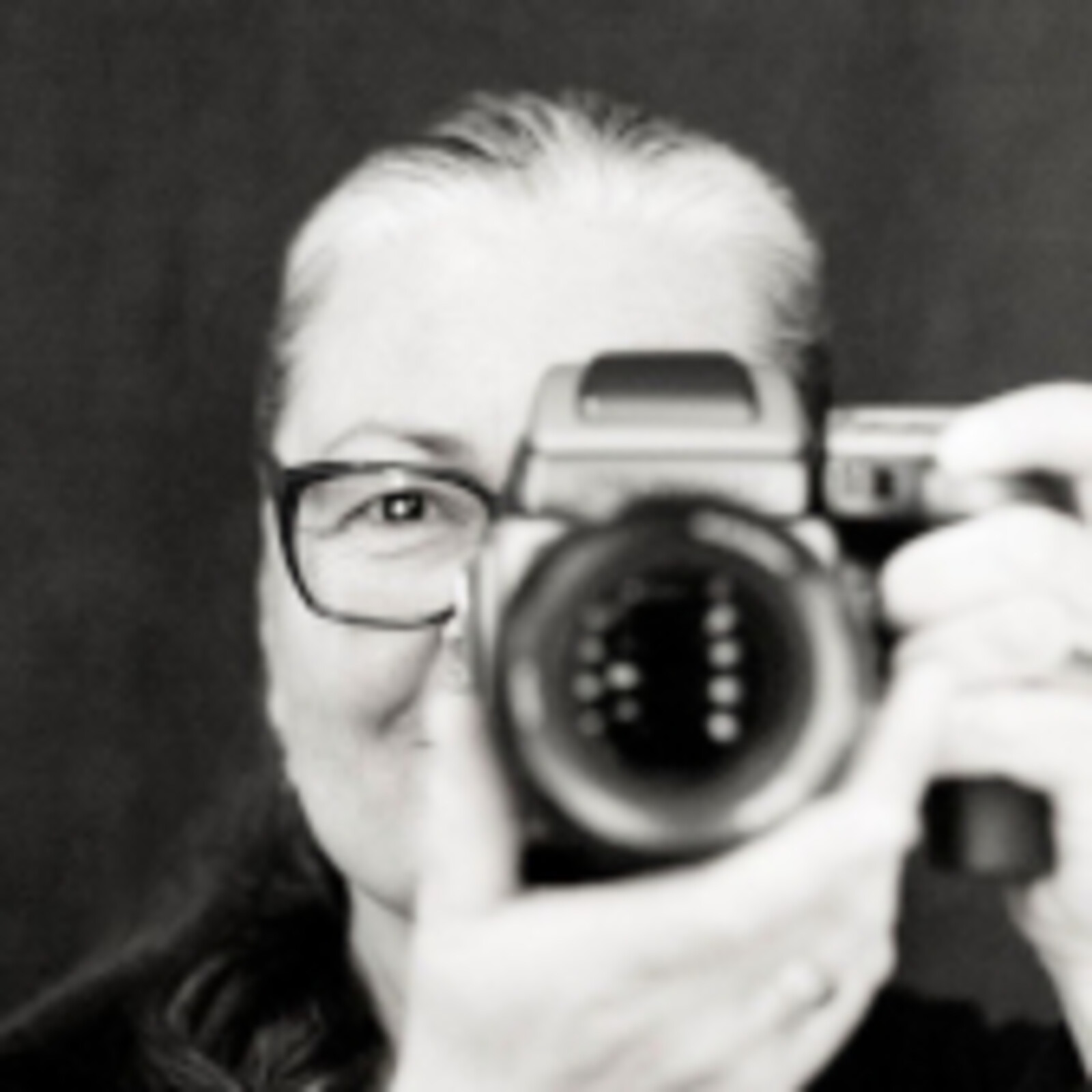
Beatrice hug was born in 1961 in Singen, near the southern German border. Due to her proximity to the border triangle, she was more or less destined to develop a love of France. A few years after… Read more
Intro Bio Exhibitions Interview Video


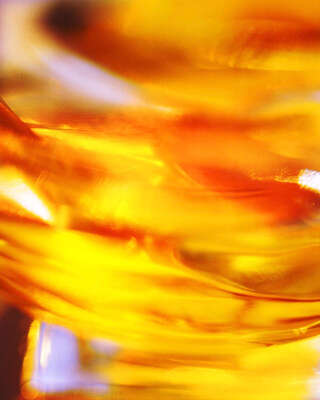

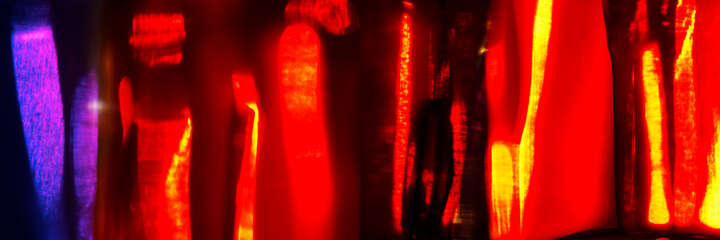

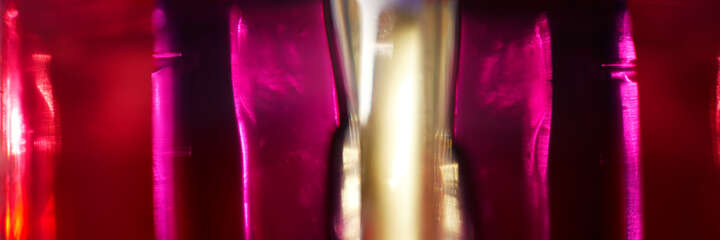

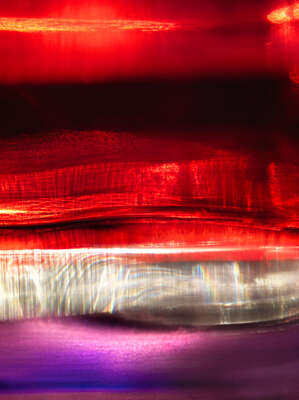

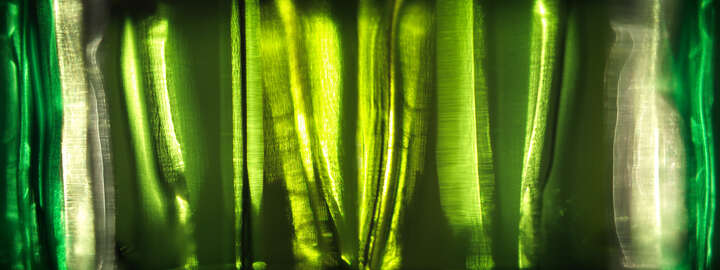
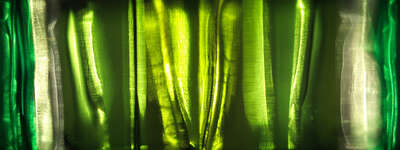
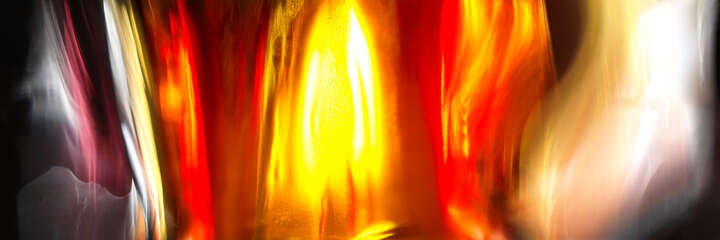

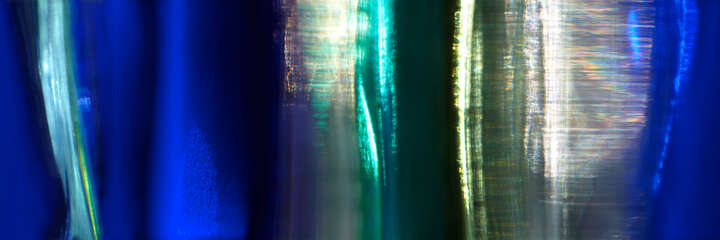

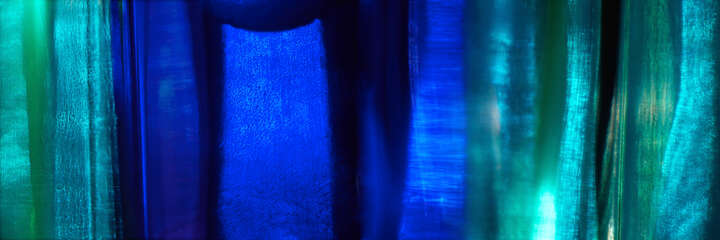

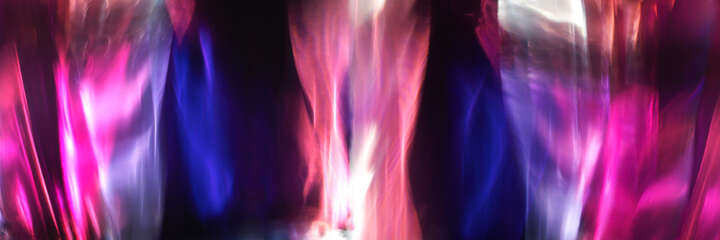

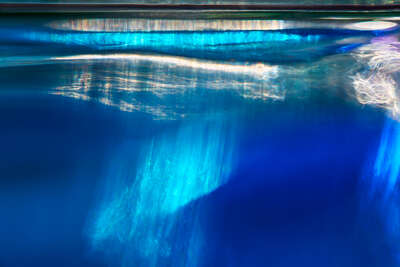

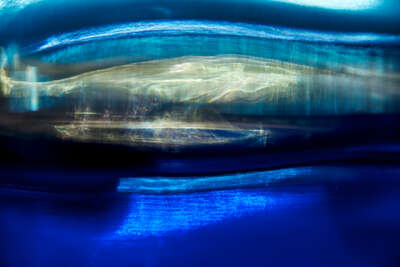

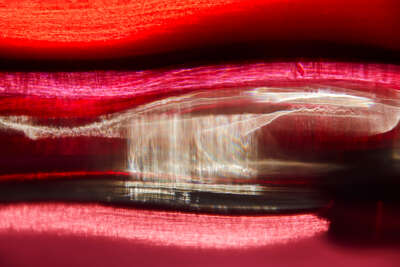

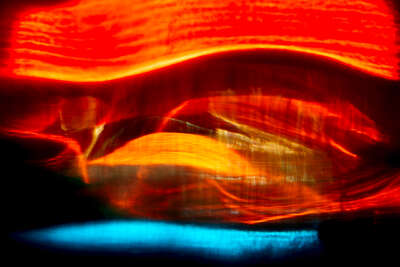

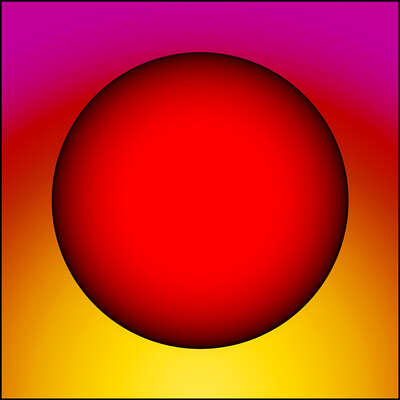

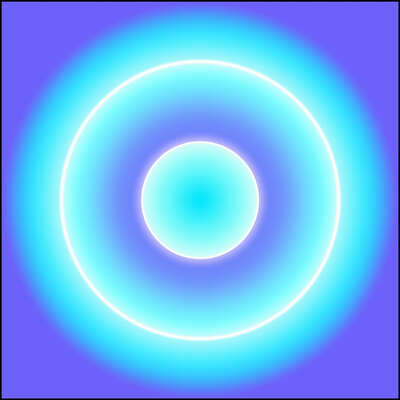

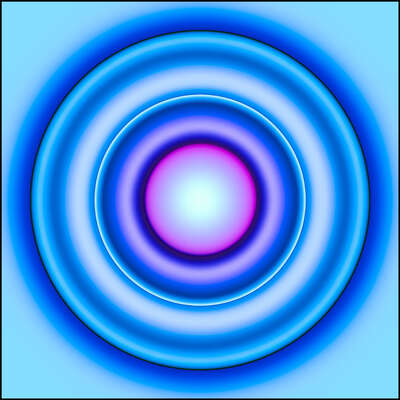

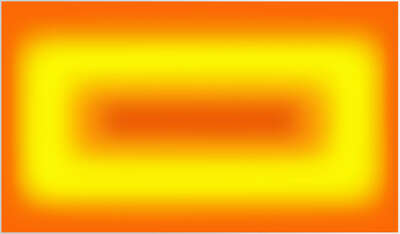

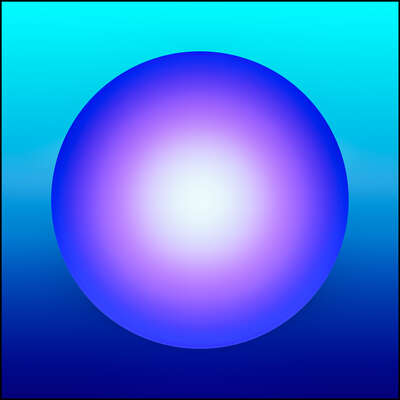

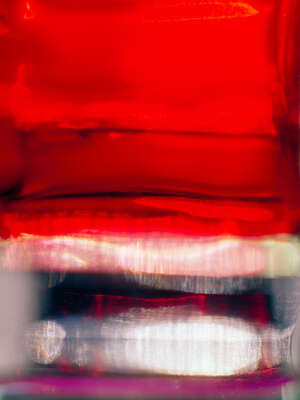

Beatrice hug was born in 1961 in Singen, near the southern German border. Due to her proximity to the border triangle, she was more or less destined to develop a love of France. A few years after studying painting and photography in Aachen, she made Paris her new home. She still lives as a freelance artist in the French capital.
Beatrice Hug’s abstract photographs have entirely “real” origins. They are coloured glasses and liquids arranged as spatial still lifes: installations with labyrinthine and translucent textures. With her medium format camera, a Pentax 6x7, the artist captures the interplay between the light and the particularly thrilling waves of colour that take form in the sun’s rays. With a shallow depth of field and varied exposure times, she creates images reminiscent of abstract and expressionistic paintings. The energy of colours is my true passion.
Beatrice Hug https://www.youtube.com/watch?v=cHp29DCnoGk?rel=0
PULSE
What appears to be a heartbeat emanates from the abstract color rings of Beatrice Hug’s PULSE series: An effect created through the skillful use of blurring. The longer you look at the picture, the softer it appears. Stepping to the side, an even stranger transformation takes place. What was once pink now appears green and the inner circle turns a shade of blue. This unique Multi-Phase Edition is created using the lenticular technique. Miniscule lenses refract light to produce new colors, perfectly complementing the Parisian photographer's artistic style and her focus on stained glass, light reflections, and colored liquids.
View on Colour / Lumières Vives
In her work, Beatrice Hug leads us into the world of dreams. Fantasies become sensory experiences. A photographer who also studied painting, Hug understands colours as energy, as the expression of an emotion. View on Colour is not just a look into one artist’s colourful universe; it is a glimpse of something entirely new. In her series Lumières Vives as well, Hug vividly shows how colours come to life in the light.
Hug creates translucent images, in which the sun makes certain colours shine. Her photographs reveal brightly coloured sections of these compositions which affect the viewer in an extraordinary way. Beatrice Hug knows which colours bring out the particularly powerful feelings and energies inside of us. Her intensely colourful work lets us drift along in pursuit of our emotions and memories.
| 1961 | Born in Singen, Germany |
| 1981-1985 | Studied Painting, Photography, and Illustration at Aachen University of Applied Sciences |
| 1985-1991 | Editorial staff at German Vogue and Elle |
| 1992-2005 | Freelance Art Director in Paris for the conception and realization of photo productions for international fashion magazines |
| 2021 | Color Unlimited, MAC Museum, Singen, Germany |
| 2020 | Sitem, iGuzzini, Louvre, Paris, France |
| 2019 | Color Unlimited, iGuzzini, Paris, France Color Unlimited, FKK, Hilzingen, Germany LUMAS International, Beatrice Hug – Artist of the Month Galerie Bernard Froment, Mirmande, France |
| 2018 | Mirages, Orangerie du Sénat, Paris, France Declic Art Galerie, Vaison La Romaine, France Atem, Studio 5.1, Paris, France Galerie Bernard Froment, Mirmande, France |
| 2017 | Réflexions, Galerie DNR, L'Isle-sur-la-Sorgue, France Réflexions, Studio 5.1, Paris, France Galerie Bernard Froment, Mirmande, France |
| 2016 | Les murs de la tuilières, Saint Marcellin Les Vaison, France Totem, Fondation Poppy et Pierre Salinger, Le Thor, France |
| 2015 | Artcurial, librairie Artcurial, Paris, France Art, Ile de Porquerolles, France |
| 2014 | Beatrice Hug - Bernard Froment, Chapelle de Rac, Malataverne, France |
| 2013 | Wasserkunst, Kulturwerk Aachen, Germany Under the Rainbow, Lumas, Cologne, Germany Under the Rainbow, Lumas, Paris, France |
| 2012 | Visio, Hilzingen, Germany Galeria Pixel, Sao Paulo, Brasil |
| 2011 | Intérieur-Extérieur, LUMAS, Paris, France |
| 2010 | Beatrice Hug, 7,24 x 0,26 Pier Giuseppe Moroni Gallery, Milan, Italy Colorful Thoughts, LUMAS Berlin, Germany Beatrice Hug Photographies, OVDM, Paris, France |
| 2009 | Beatrice Hug Photographies, Ivry-sur-Seine, France Color Unlimited, Kunstforum, Büsingen, Switzerland Color Unlimited, Artcurial, Paris, France |
| 2008 | Beatrice Hug Photographies, Artcurial, Paris, France |
| 2007 | Lumières vives, Artcurial, Paris, France |
| 2006 | Color Summer, Young Gallery Photo, Brussels, Belgium Fragments de nature, Galerie Univer, Paris, France Abstractions, Galerie Univer, Paris, France Lumières vives, Connoisseur’s Gallery, Paris, France |
| 2005 | Parfum, Atelier Galerie Le5, Paris, France Urban, Singen, Germany Reflets, Espace 43, Paris, France |
| 2004 | Beatrice Hug - Photographie, L’Aiguillage galerie, Paris, France Color Light, Espace J&J, Paris, France Urban, Atelier Galerie Le5, Paris, France |
| 2003 | Elementar, Studio Zero, Paris, France |
| 2002 | Moemoea, Atelier Galerie Le5, Paris, France Elementar, FKK , Hilzingen, Germany |
| 2018 | SP-ARTE/FOTO 2018, Room 8 Gallery, Sao Paulo, Brasil Art Way, Beatrice Hug - Kristian Desailly, Paris, France |
| 2017 | Art dans la Nef, Cathédrale médiévale, Vaison-La-Romaine, France Les murs de la tuilières, Saint-Marcellin-Les-Vaison, France SP-ARTE/FOTO 2017, Room 8 Gallery, Sao Paulo, Brasil |
| 2016 | SP-ARTE/FOTO 2016, Room 8 Gallery, Sao Paulo, Brasil Salon International d'Art Contemporain, Marseille, France Synergies, Bernard Froment et Beatrice Hug, Studio 5.1, Paris, France |
| 2015 | SP-ARTE/FOTO 2015, Room 8 Gallery, Sao Paulo, Brasil Les murs de la tuilières, Saint Marcellin Les Vaison, France |
| 2014 | SP-ARTE/FOTO 2014, Room 8 Gallery, Sao Paulo, Brasil |
| 2013 | L’art à demeure, Mirmande, France 27. Grosse Kunstausstellung, FKK, Hilzingen, Germany Les murs de la tuilières, Saint Marcellin Les Vaison, France |
| 2012 | Les murs de la tuilières, Saint Marcellin Les Vaison, France |
| 2011 | Art, Domaine Perzinsky, Ile de Porquerolles, France Les murs de la tuilières, Saint Marcellin Les Vaison, France |
| 2010 | Art, Domaine Perzinsky, Ile de Porquerolles, France Abbyac, Abbaye Saint André, Villeneuve-Lez-Avignon, France |
| 2009 | Portes Ouvertes des ateliers du Canal, Paris, France Art Contemporain, Abbaye Saint-André, Villeneuve-lez-Avignon, France 25. Grosse Kunstausstellung, FKK, Hilzingen, Germany |
| 2008 | Exposition collective, Atelier 7, Paris, France Pleins Feux 2008, Ivry sur Seine, France |
| 2007 | 24. Grosse Kunstausstellung, Hilzingen, Germany |
| 2005 | 23. Grosse Kunstausstellung, Hilzingen, Germany |
| 2003 | 22. Grosse Kunstausstellung, Hilzingen, Germany |
| 2001 | 21. Grosse Kunstausstellung, Hilzingen, Germany |
Visit LUMAS USA!
Delivery to your country is not possible from this site.
If you would like to place an order, please visit LUMAS USA.